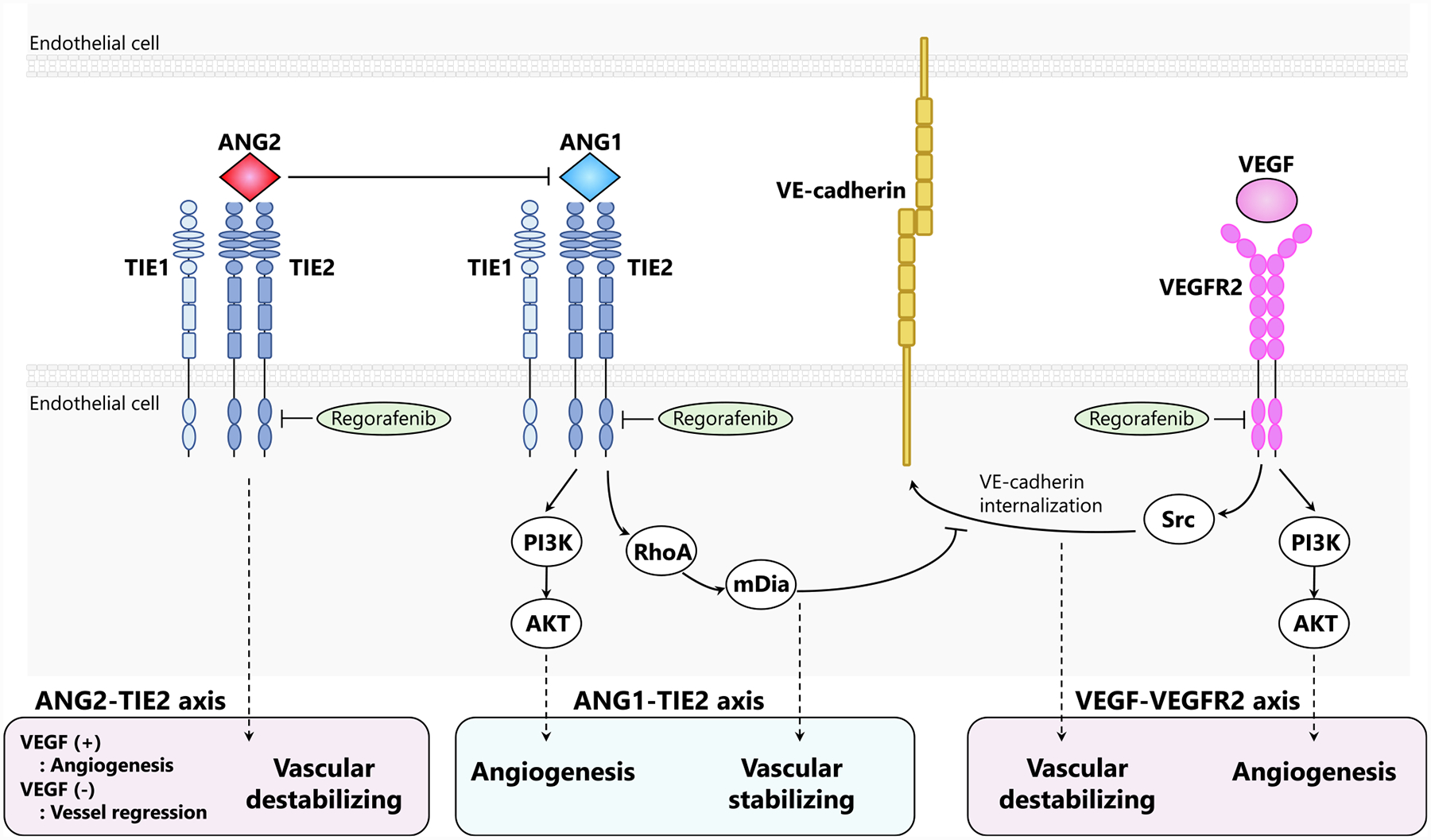Fig. 2. Different regulation of angiogenesis and vessel stability between VEGF and angiopoietin signaling, relating to regorafenib action.

Both VEGF-VEGFR2 and ANG1-TIE2 pathways are pro-angiogenic. However, they have opposite effects on vascular stabilization. Specifically, VEGF-VEGFR2 signaling activates Src-dependent internalization of VE-cadherin. Therefore, it promotes the disruption of interendothelial adherens junctions. Meanwhile, ANG1-TIE2 signaling activates downstream RhoA and mDia limiting the access of Src to VEGFR2. As a consequence, it strengthens vasculature integrity. In tumors, ANG2 acts as an antagonist of ANG1-TIE2 pathway. Specifically, it prompts vessel destabilization and pericyte dropout. ANG2-TIE2 signaling induces angiogenesis in VEGF’s presence, while it leads to vessel regression in VEGF’s absence. TIE1 is an orphan receptor, interacting with TIE2. Regorafenib inhibits both VEGFR2 and TIE2.
